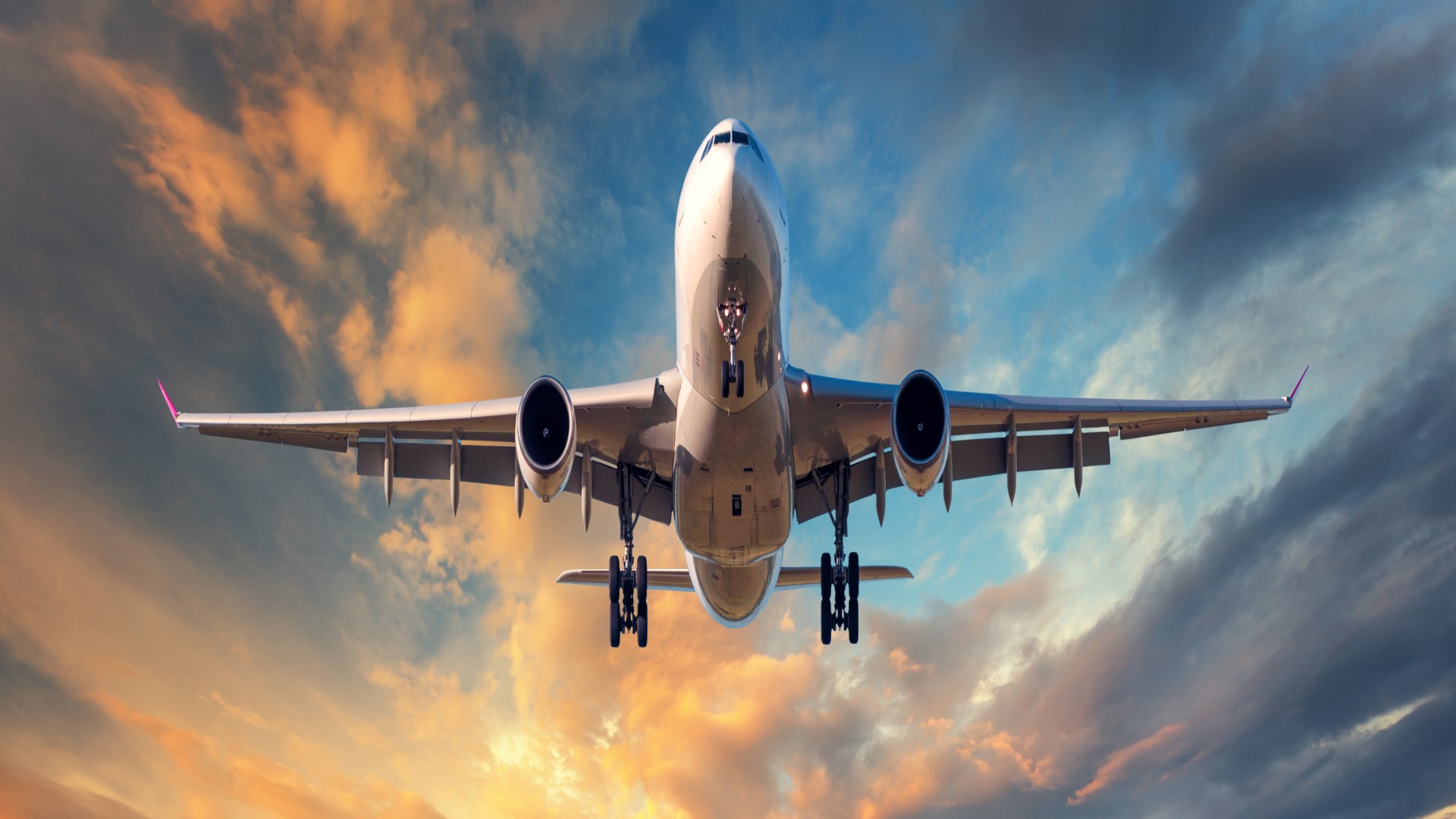SelectUSA Aerospace Industry
Industry Overview
The U.S. aerospace industry offers a skilled and educated workforce, extensive distribution systems, diverse offerings, and strong support at the local and national level for policy and promotion. At the end of 2023, foreign direct investment (FDI) into the U.S. aerospace industry totaled over $20 billion and majority foreign-owned U.S. affiliates in the aerospace industry supported over 40,000 jobs in 2022. The aerospace industry employs about 550,000 workers in a variety of occupations.
This U.S. industry comprises establishments primarily engaged in manufacturing or assembling complete aircraft, developing and making aircraft prototypes, aircraft conversion (i.e., major modifications to systems), or complete aircraft overhaul and rebuilding (i.e., periodic restoration of aircraft to original design specifications). This subsector also includes blimps, gliders, helicopters, target drones, and unmanned and robotic aircraft manufacturing. There were 368 establishments in this subsector in 2022 and an estimated 253,100 workers in mid-2024.
The U.S. rotorcraft industry is diverse with the bulk of new deliveries arriving from mature production lines. The market encompasses military, emergency medical service (EMS) providers, offshore oil and gas exploration, and law enforcement applications.
The companies in the U.S. commercial space market are major suppliers to U.S. government programs, where demand has remained stable during the commercial aerospace and global economic downturns.
Major engine and power plant manufacturers are typically part of diversified corporations producing engines for both civil and military aircraft, either alone or as part of one or more joint ventures. Engines and power plant sales also provide maintenance, repair, and overhaul business opportunities. There were 438 establishments in this industry in 2022 and an estimated 89,800 workers in the industry in mid-2024.
The Federal Aviation Administration (FAA) reported an average recreational small UAS fleet of approximately 918,300 recreational and commercial drones in 2023 and projected that number to grow to over 1 million by 2028. As of October 2024, the FAA website lists 396,746 commercial drone registrations, 387,746 recreational drone registrations, and 415,635 remote pilot certifications. The continued growth in deployed platforms and certified pilots (combined with the ever-expanding regulatory framework and operational and technical standards for UAS as well as the commitment of resources for UAS research at the local, state, and federal levels) exemplify the expanding level of demand for UAS in the United States.
Airport infrastructure and aviation security markets continue to grow both in the United States and abroad. The Bipartisan Infrastructure Law provides $15 billion in airport infrastructure funding, which can be invested in runways, taxiways, safety and sustainability projects, as well as terminal, airport-transit connections, and roadway projects. While the FAA has completed installation of its satellite navigation ground stations, work continues to re-design airspace and FAA procedures. As air traffic management moves to greater reliance on data communications, the focus in aviation security has shifted from countermeasures to physical threats, to containment and mitigation of cybersecurity threats. The growing presence of unmanned aircraft systems has helped to increase the importance of cybersecurity measures, given the dangers of loss of control and pirated data.
Alternative fuels in the aviation sector continue to be of interest due to the historic price volatility of traditional jet fuel and to concerns about the effect of aviation on the environment. The United States is a leader in alternative aviation fuel research and development, and U.S. producers have successfully completed test flights using sustainable aviation fuels (SAF) produced from renewable and waste feedstock. SAF purchases and usage has skyrocketed in recent years from approximately 2 million gallons in 2016 to 26.3 million gallons in 2023. These fuel producers actively seek investment to help them achieve U.S. aviation decarbonization goals of producing at least 3 billion gallons of SAF per year by 2030 and meeting 100% of aviation fuel demand by 2050.
The United States has a robust aerospace supply chain with capabilities in maintenance, repair, and overhaul (MRO), composites, metalworking, avionics, testing equipment, and coatings. U.S.-based suppliers are highly sought-after partners for aerospace manufacturing programs at home and abroad.
Explore the impact of foreign direct investment on U.S. jobs, exports, and innovation in the aerospace industry.
The Investor Guide is a high-level view of everything from taxes to immigration and workforce to business structure.
SelectUSA has created several dashboards to help analyze key FDI data from a variety of sources.





